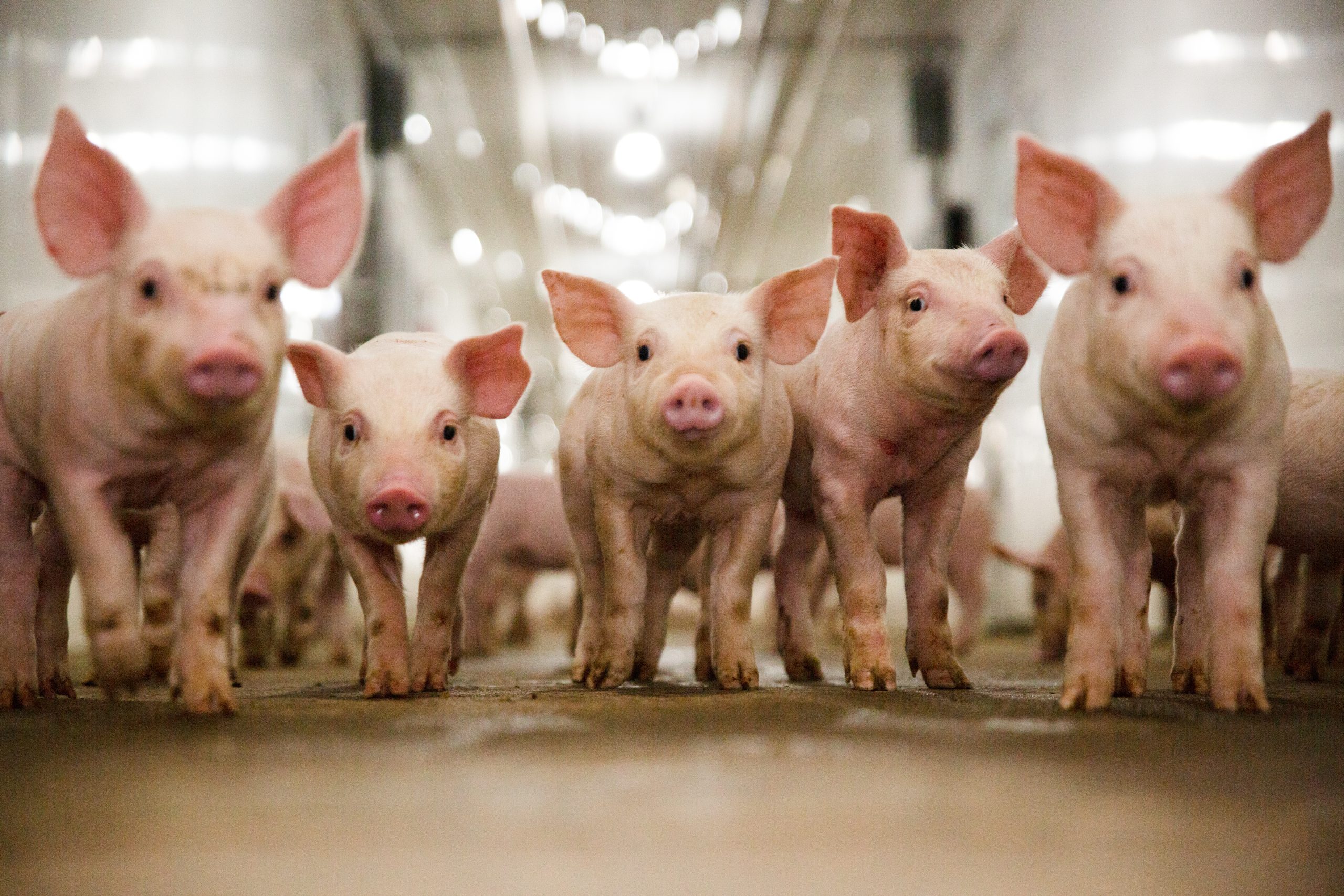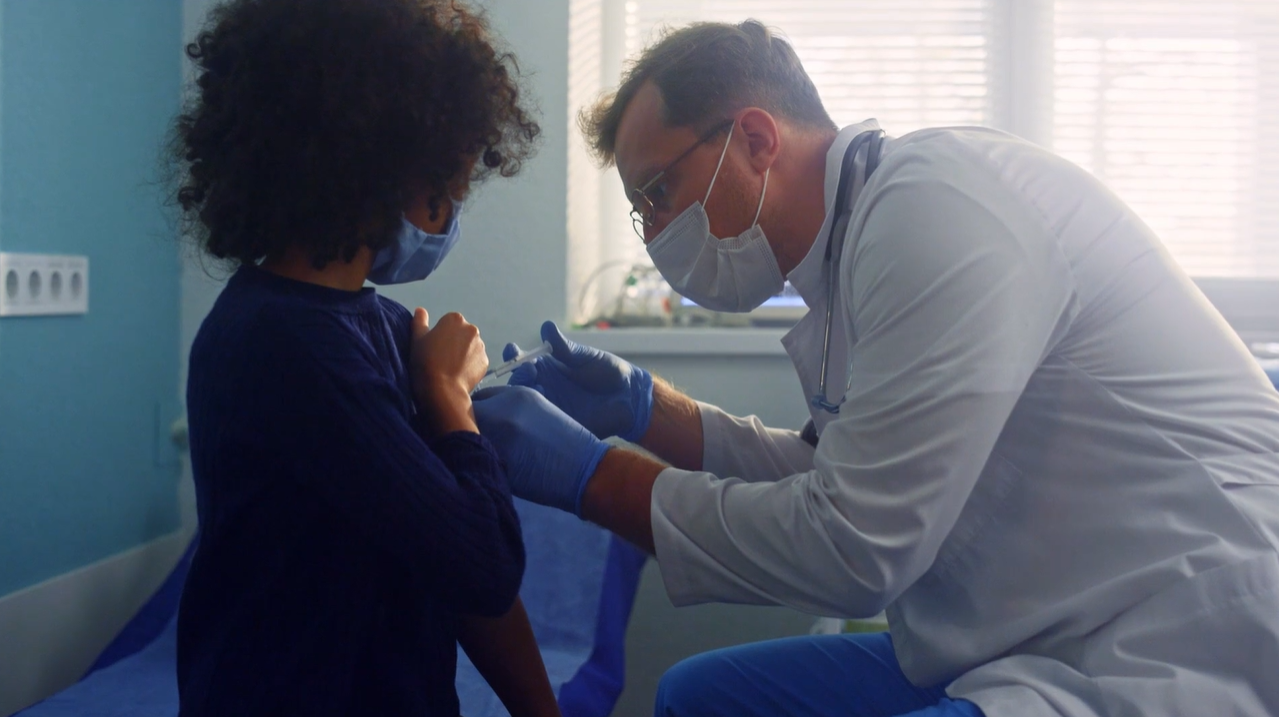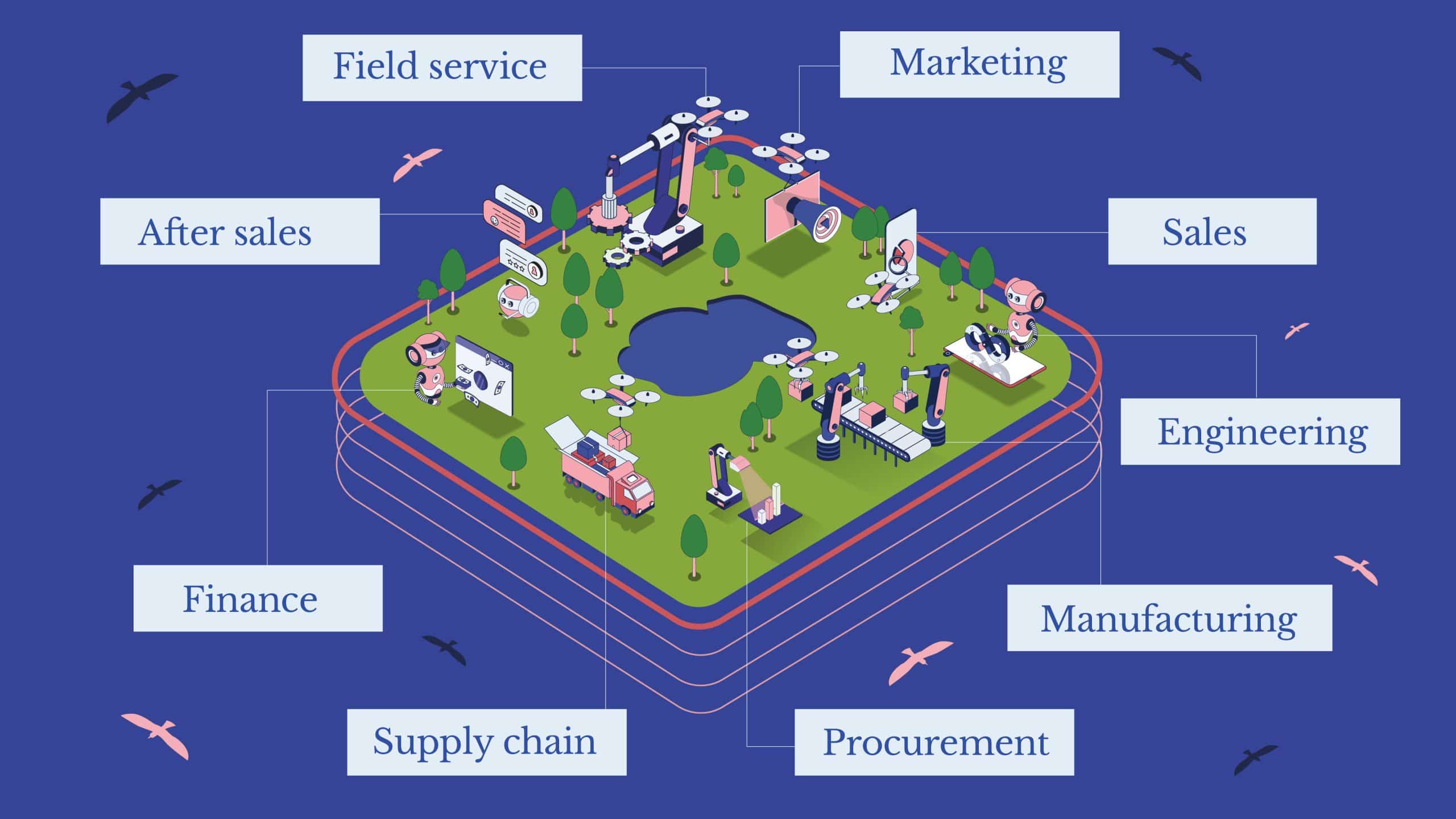How continuous improvement led to a solution for a global animal health challenge

PIC’s PRRS-Resistant Pig protects pigs from a devastating global swine disease. This solution provides disease resistance, creates healthier pigs, reduces the need for antibiotics and increase sustainability.
Porcine Reproductive and Respiratory Syndrome (PRRS) is a dynamic, often fatal virus that infects pigs around the world, regardless of the size and type of farm. It causes needless suffering and kills millions of pigs each year.
Vaccines only reduce symptom severity, and PRRS can exacerbate secondary infections, increasing the need for antibiotics.
Antibiotic use following a PRRS outbreak increases more than 250%. And the impact of the disease is growing – PRRS costs $1.2 billion annually in the U.S. alone. That number increased 80% from previous data between 2006 – 2010.
“For the first time ever, we have a solution to a decades-long animal welfare challenge – the PRRS-Resistant Pig,” said Matt Culbertson, COO of PIC.
Innovative Technology
When PRRS infects a pig, it latches onto one particular gene, starting a chain reaction that makes the pig sick and can lead to death. PIC used gene-editing to precisely delete a portion of that particular gene necessary for infection. Without the binding site, the virus cannot infect the pig.
Gene editing is already making headlines because of its successful human healthcare and agricultural solutions. So far, gene-editing has been approved and used to successfully treat sickle cell anemia, inherited blindness, and more.
PIC will be among the first organizations to introduce a gene-edited animal, but there are more than 500 agricultural gene edits in development worldwide.
Societal Benefits
“Not only does the PRRS-Resistant Pig increase animal welfare, but it also provides benefits to consumers and corporations with pork in their supply chain,” said Banks Baker, PIC’s Global Director of Product Sustainability. “When pigs are resistant to PRRS, they have a significantly reduced need for antibiotics and a reduced environmental impact.”
One of the most important ways to improve sustainability is to raise a healthy and efficient animal. In fact, the FAO identified improved genetics as the number one opportunity for sustainably increasing productivity and decreasing greenhouse gas emissions (GHG) in livestock.
By increasing animal health via genetics while also reducing water and feed intake, land usage and GHG, the PRRS-Resistant Pig can help drive increased sustainability.
“Genetics have historically been underutilized for reducing emissions. At a time when agriculture is under pressure to meet ambitious GHG reduction targets, we need to identify solutions that are supported by data, such as the PRRS-Resistant Pig,” said Baker.
Same Pork, More Sustainable
Pork from PRRS-Resistant Pigs has the same quality and nutritional profile as the products consumers are accustomed to seeing on restaurant menus and grocery store shelves. In fact, a recent study reviewed 97 meat quality and meat composition data points and found no statistically significant differences between the PRRS-Resistant and non-resistant pigs.
Brazil and Colombia have already determined that the pigs can be produced – and pork products derived from them sold to consumers – just like any other breed of pigs. PIC anticipates FDA approval in 2025. The PRRS-Resistant Pig is not yet for sale. All claims about the safety and efficacy of PRRS-Resistant Pigs are currently under FDA review.
For more information, visit PRRSResistantPig.com.














